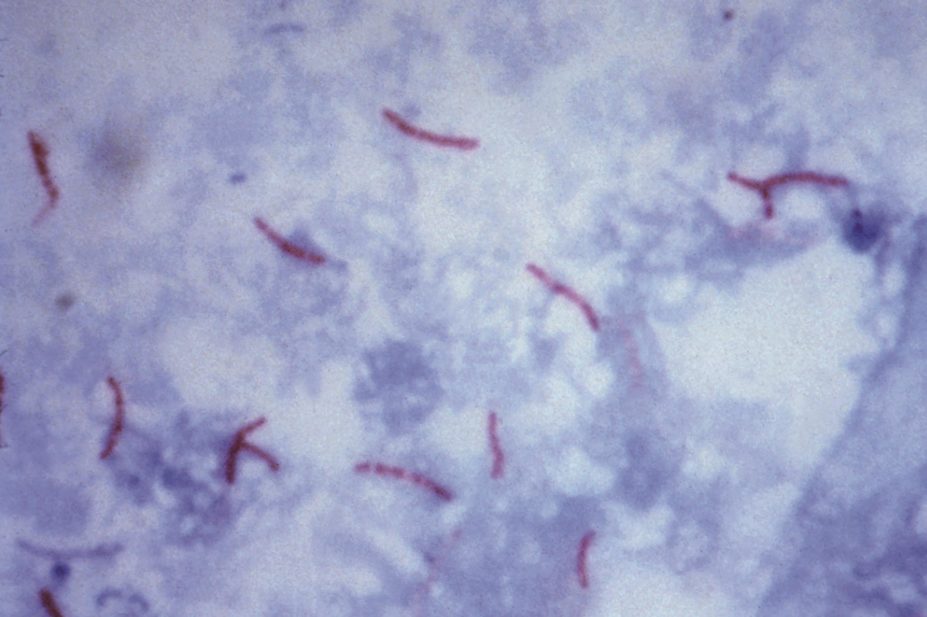
CDC
The upper age limit for treating adults with latent tuberculosis (TB) has been increased from 35 years to 65 years in updated guidelines[1]
released by the National Institute for Health and Care Excellence (NICE) on 13 January 2015.
The guidelines say that targeting this group of patients should increase adherence and reduce the risk of TB developing resistance to treatment. The move should also cut the overall TB drugs bill because focusing on patients who do not show symptoms and are not infectious means the disease would be stopped before it can spread.
A course of medication for latent TB is shorter, easier to stick to and cheaper than the treatment required should the disease become active and infectious, says NICE.
NICE experts describe the new guidelines as a “proactive” approach to the disease.
The guidance has a strong focus on education and says TB teams should ensure that people follow treatment plans and do not stop treatment early. This includes ensuring that people know that treatment for TB is free for everyone irrespective of their eligibility for other NHS care.
Changes to the guidelines include the recommendation that people under 65 years with evidence of latent TB and contact with an infected person can be offered six months of isoniazid (with pyridoxine) as an alternative to the existing treatment option of three months of isoniazid (with pyridoxine) and rifampicin. Choice of regimen should be based on clinical circumstances, including whether hepatotoxicity or interactions with rifamycins are a concern. Drug treatments should only be offered to adults aged between 35 years and 65 years if hepatotoxicity is not a concern.
For people with active TB, the updated guidelines state that drug regimens should be modified according to drug susceptibility testing.

